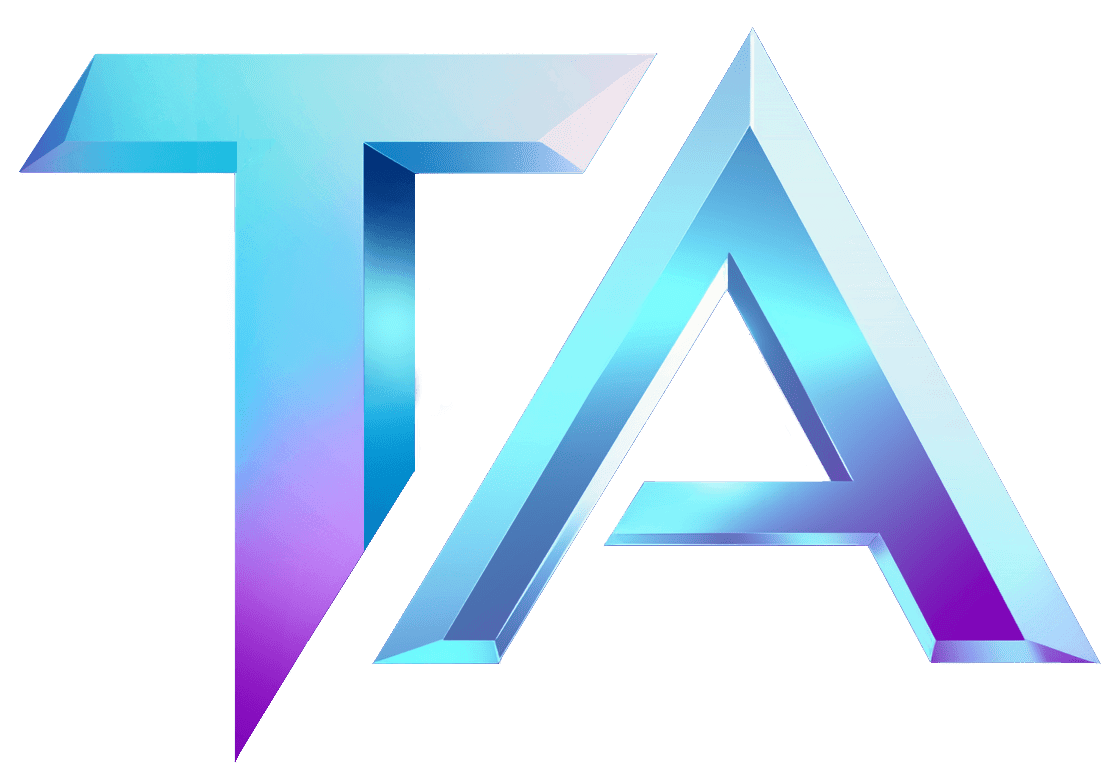Star Atlas: Navigating Infrastructure Economics Insights

Understanding Infrastructure Economics in Star Atlas
As the digital landscapes of blockchain gaming evolve, so do the economic frameworks that govern them. Star Atlas, a grand strategy game built on the Solana blockchain, is an intriguing case study when it comes to understanding infrastructure economics. Here, we’ll explore how infrastructure economics applies to Star Atlas, spotlighting critical elements that players and investors alike should consider.
What is Infrastructure Economics?
Infrastructure economics is the study of how physical and digital infrastructures influence economic outcomes. In the context of a blockchain game like Star Atlas, it combines various components including game mechanics, asset ownership, and the larger ecosystem’s interdependencies.
The Core Components of Star Atlas
-
Blockchain Layer: Star Atlas operates on the Solana blockchain, known for its high transaction speeds and low fees. This infrastructure is crucial for real-time interactions between players and game pieces, ensuring a smooth gaming experience.
-
Asset Ownership: Star Atlas allows players to own in-game assets like ships, land, and resources as NFTs (non-fungible tokens). This tokenization enables players to have real ownership, creating an economic landscape where assets can be traded, sold, or utilized strategically within the game.
- Governance and DAOs: Decentralized Autonomous Organizations (DAOs) are integral to the governance of Star Atlas. Players can vote on key decisions that affect the game’s ecosystem, which fosters a sense of community while underpinning the economic model.
Economic Incentives and Market Dynamics
Understanding the economic incentives in Star Atlas is vital for players:
-
Resource Generation: Players can mine or harvest resources that are essential for crafting and upgrading ships or other assets. The scarcity of these resources creates a marketplace where supply and demand impact pricing and profitability.
-
Combat and Combat Zones: Engaging in battles not only has economic risks but also rewards. The outcome can affect the player’s assets and resources, creating a dynamic interplay between risk management and strategic investment.
- Staking and Yield: Players can stake their assets to earn rewards. This mechanism enhances liquidity and player engagement, while also integrating them deeper into the Star Atlas economy.
Impact of Infrastructure on Gameplay
The infrastructural design of Star Atlas significantly influences player experience and the overall economy:
-
Scalability: As more players join the ecosystem, the ability of Solana to handle increased transactions becomes crucial. A robust infrastructure means a seamless gaming experience even as the user base grows.
- Interoperability: The integration of various blockchain assets allows for a more diversified economic environment. This opens up opportunities for trade and collaboration among players, enhancing the overall experience.
Future Outlook
The future of Star Atlas remains bright, driven by both technological advancements and community engagement. As infrastructure economics play a central role, understanding these dynamics will be crucial for anyone hoping to navigate the universe of Star Atlas effectively.
Conclusion
Star Atlas exemplifies how infrastructure economics can shape not just the mechanics of a game, but the broader economic environment it operates within. For those looking to dive deeper, Titan Analytics offers comprehensive data modules that can equip players and investors with essential insights.
Check out our Star Atlas data modules at Titan Analytics or get in touch with us at Titan Analytics Contact to learn more.




